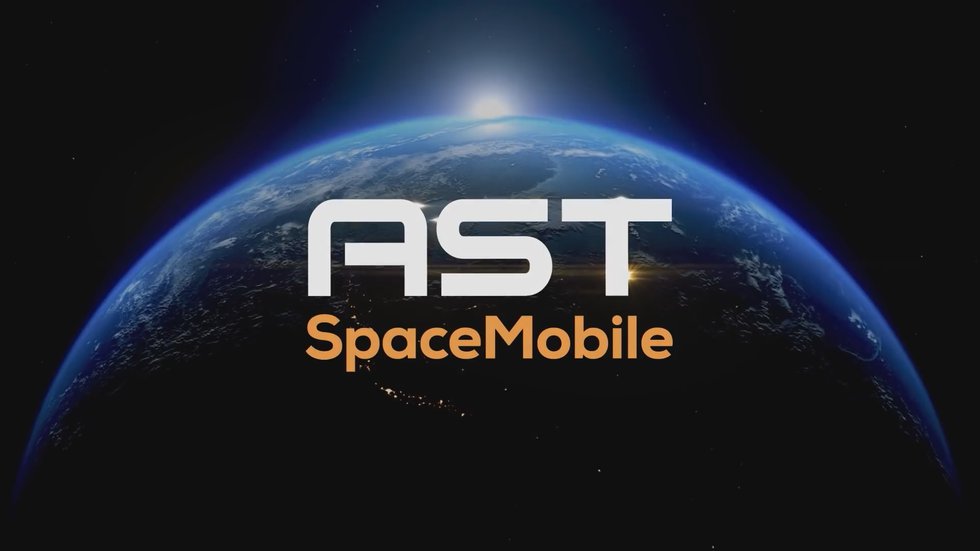Questions over AST SpaceMobile
April 4, 2023

In November 2022, AST SpaceMobile reported that it had successfully managed to unfold the ‘origami-like’ giant 64 square metre space antenna. Called BlueWalker-3, the antenna is the largest-ever placed into space and in low Earth orbit. The antenna, and its important sister craft, are vital to AST’s plans to girdle the planet with ordinary – but satellite-based – cellphone services.
Now, however, there are doubts. Abel Avellan, Chairman/CEO at AST SpaceMobile, told analysts in its quarterly and end-of-year numbers that the follow-on satellites (called BlueBirds) will no longer launch this year. It had planned to launch the first five BlueBird craft early this year. That won’t happen and the launch date has slipped into Q1 2024.
AST says that it has deliberately reduced the size of these follow-on BlueBirds, by about 50 per cent. It also says that testing of the orbiting BlueWalker-3 has gone well and the concept “validated”. “Initial test results indicate downlink signal strength necessary to reach 5G cellular broadband speeds,” said AST.
The operator added: “[The plan now is] to launch five Block 1 BlueBird satellites in Q1 2024, expected to provide initial, non-continuous space-based cellular broadband services in select markets using low-band frequencies”.
AST has booked launches with SpaceX for this first 5 satellites and says it is in “active discussions” for the launch of its planned upgraded ‘Block 2’ satellites with various potential launch providers. This upcoming contract will likely cover the launch of 20 ‘Block 2’ satellites but the business needs 110 BlueBirds in low Earth orbit to serve the majority of the planet.
But this opens up the key question of cash resources. AST raised some $417 million two years ago when it floated as a public company. It ended 2022 with cash in one form or other of some $239 million. Operational expenses had grown for 2022 by $61 million to $153 million (compared to $92 million for 2021).
However, those rising costs were not helped by Covid-based problems and AST stated that the Block 2 satellites were costing more to build and by 14 per cent to between $16-$18 million per craft.
“The cost of the satellite configuration has increased due to the impacts of inflation, supply chain disruptions, design changes, and increase in the cost of electronic components, launch costs and other aspects of our design and assembly activities,” AST said, but that it had sufficient cash to complete the Block 1 satellite manifest and its continued operations over the rest of this year.
But it will need much more financial help to build the constellation. Its regulatory filing talks about needing to raise $550 million – $650 million in order to build all 20 of the Block 2 craft. And that still leaves the fleet short of some 90 or so additional satellites for a near-global service.
Other posts by Chris Forrester:
- Collar departure: “Hard to see a positive read”
- Dish, DirecTV keen to merge?
- Boeing accused of technology theft
- Analyst: Satellite DTD market worth billions
- Bank: Rocket Lab value boosted by Virgin Orbit assets
- Analyst: “TV Industry consolidation inevitable”
- Intelsat: ‘Insider trading’ appeal lodged
- ESA boss praises SpaceX
- How Virgin Orbit lost a billion dollars
